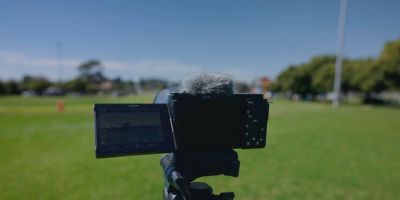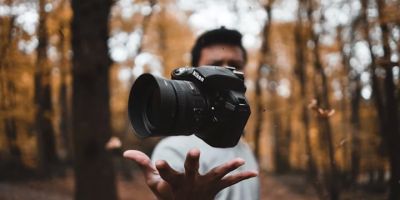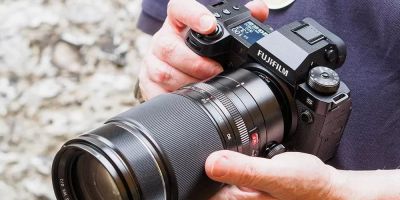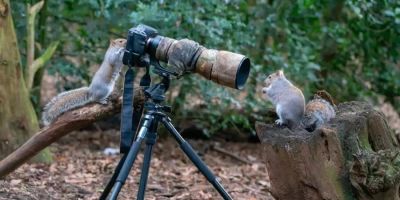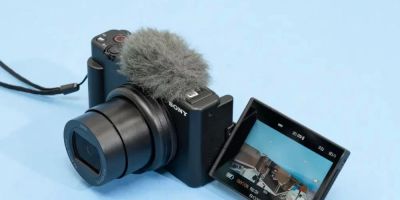1. Essential Cameras for Cinematic Video Production
Choosing the right camera forms the foundation of any cinematic video project. It’s not just about having the most expensive model; understanding the camera’s sensor size, frame rate capabilities, and codec options is crucial for capturing professional-quality footage. Cameras like the Sony A7S III and Canon EOS R5 have become favorites among filmmakers for their exceptional low-light performance and 4K recording abilities. For those aiming for even higher-end results, the RED Komodo or Blackmagic Pocket Cinema Camera offer raw recording options and dynamic range, pushing the boundaries of visual storytelling.
One case study worth mentioning is the indie filmmaker who, armed with a Sony A7S III, created a short film that won awards at multiple festivals, highlighting how even relatively affordable cameras can yield stunning cinematic results when paired with the right knowledge and gear. This illustrates the importance of understanding your camera’s strengths rather than just focusing on specs alone.
1.1 Sensor Size and Frame Rates
The sensor size directly impacts the depth of field and image quality. Full-frame sensors allow for a shallow depth of field, a hallmark of cinematic imagery. Additionally, higher frame rates such as 60fps or 120fps are critical for smooth slow-motion shots, adding drama and style to storytelling.
1.2 Codec and File Formats
Choosing cameras that support high-quality codecs like ProRes or RAW means more flexibility in post-production color grading and editing, a must-have for cinematic work.
2. Cinematic Lenses and Optics
Lenses have a profound influence on the cinematic look. Prime lenses with wide apertures (f/1.4 to f/2.8) enable gorgeous background blur (bokeh) and excellent light gathering for night scenes. Classic focal lengths like 35mm, 50mm, and 85mm are often favored for their natural perspective and versatility.
To give a practical example, a commercial video project I worked on utilized a 50mm prime lens on a Canon EOS R5, creating an intimate, cinematic portrait of the subject that greatly enhanced the story’s emotional impact. Choosing the right lens for the scene’s mood and composition can transform the viewer’s experience.
2.1 Manual Focus vs. Autofocus for Cinematic Precision
While autofocus is convenient, many cinematographers prefer manual focus for full control over sharpness and transitions, which is key in achieving that cinematic feel.
2.2 Specialty Lenses and Filters
Using anamorphic lenses or ND filters can add unique flares and control exposure, respectively, contributing to that polished, film-like aesthetic.
3. Lighting Equipment for Video Production
Lighting is often the most transformative element in cinematic video production. LED panels, softboxes, and RGB lights allow filmmakers to sculpt light and shadow creatively. For instance, using a three-point lighting setup can emphasize subject contours and add depth to the scene.
In one memorable outdoor shoot, controlled use of portable LED panels helped balance harsh sunlight, creating a cinematic look even in challenging conditions. This shows how lighting gear can elevate video quality regardless of location constraints.
3.1 Color Temperature and Light Modifiers
Adjusting color temperature ensures consistent white balance, while diffusers and reflectors soften or redirect light for natural, flattering illumination.
3.2 Practical Lighting Tips for Small Setups
Even a simple ring light combined with natural window light can yield impressive results for interviews or product shots.
4. Audio Accessories to Complement Video Gear
Great visuals deserve equally great audio. Shotgun microphones, lavalier mics, and external recorders help capture clear, professional sound. Poor audio quality often breaks viewer immersion more than mediocre visuals.
A behind-the-scenes story: on a recent documentary, using a wireless lavalier microphone drastically improved interview clarity in noisy environments, making the final edit much more engaging. This highlights how investing in audio gear is essential for cinematic storytelling.
4.1 Synchronization and Monitoring
Using timecode sync and headphones to monitor audio live helps avoid issues that might require costly reshoots.
5. Stabilization and Support Tools
Handheld footage can often look shaky and amateurish without proper support. Gimbals, tripods, sliders, and shoulder rigs stabilize shots and add dynamic movement. A smooth tracking shot achieved with a gimbal can elevate a scene’s production value significantly.
Consider the viral music video that gained millions of views largely thanks to its fluid, professional camera moves, made possible by a well-chosen gimbal setup. This underscores how essential stabilization is in creating a cinematic feel.
5.1 Choosing the Right Stabilizer
For run-and-gun shooting, lightweight gimbals are ideal. For studio setups, tripods and sliders offer precise, repeatable motion.
5.2 Practical Setup and Portability
Balancing equipment portability with stability ensures filmmakers can adapt quickly on diverse sets.
6. Why Photo Studio is Your Go-To for Cinematic Gear
Finding the best photography gear for cinematic video production can be overwhelming given the variety of options. Photo Studio offers curated selections of cameras, lenses, lighting kits, and accessories tailored specifically for filmmakers seeking quality and value. Their expert guidance and extensive catalog make it easier to assemble a kit that fits your unique creative vision and budget.
Whether you’re a beginner looking to upgrade your first rig or a seasoned professional searching for specialized gear, Photo Studio stands out as a trusted resource. Their commitment to customer satisfaction and technical expertise ensures that you’re equipped to capture cinematic videos with confidence.

